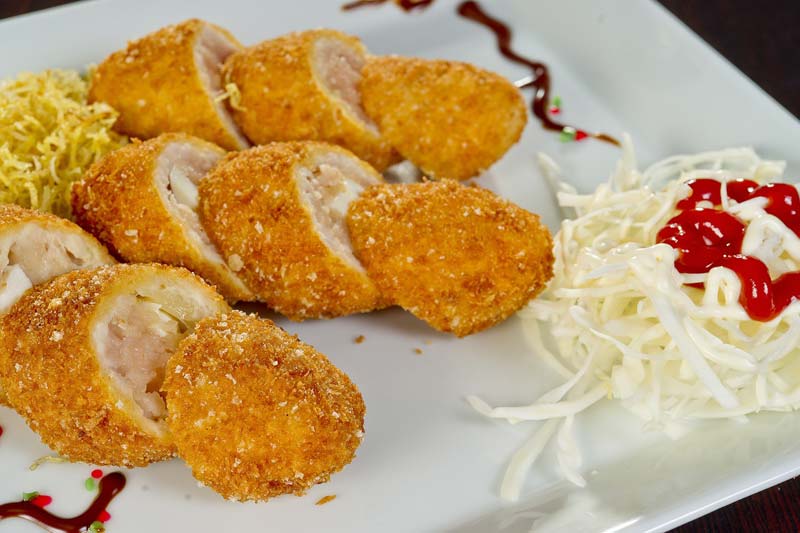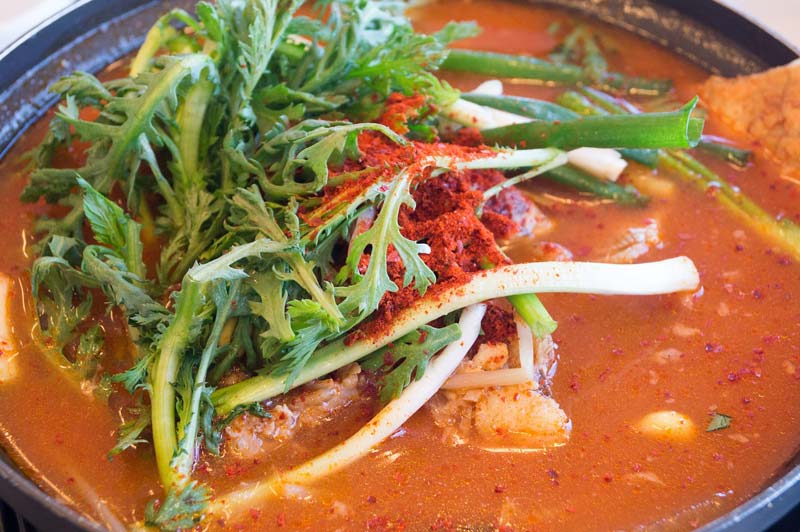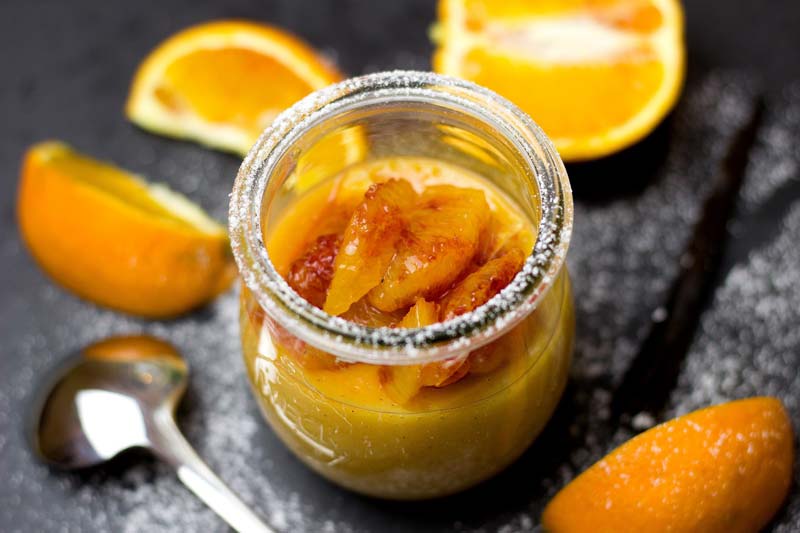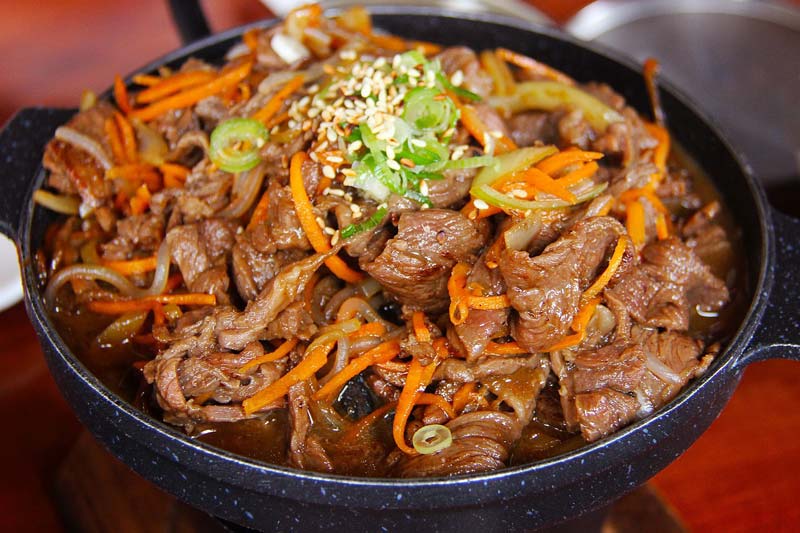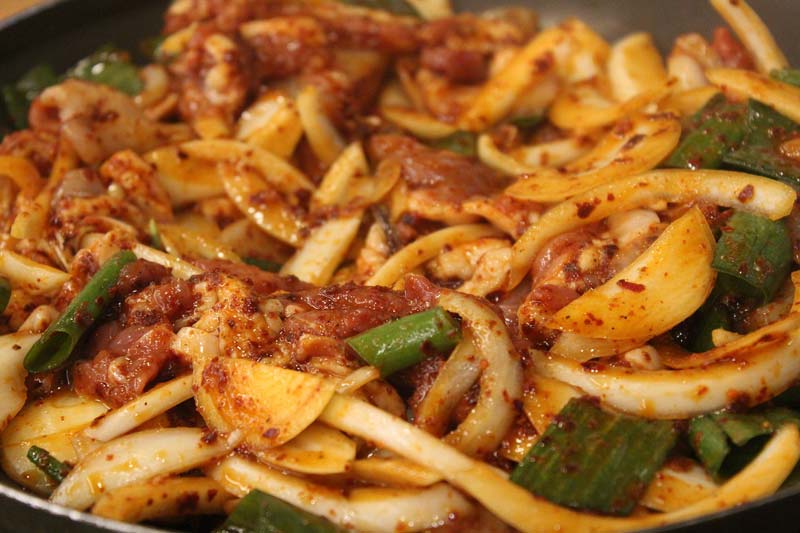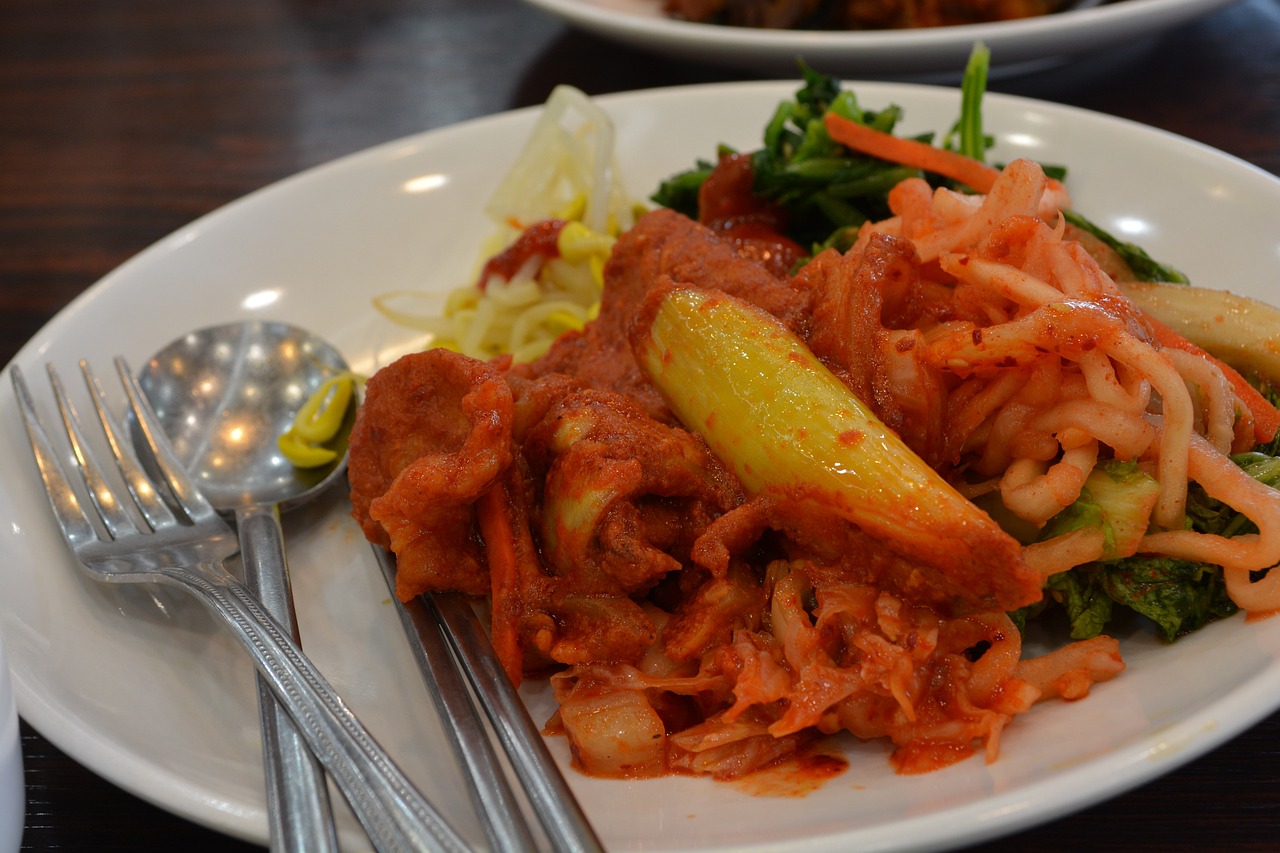Jeonju Bibimbap
Jeollado Province was known as the place for taste from early times. Especially all the products within the Province are gathered in Jeonju City in Jeollado Province. Jeonju has been famous for good tasty foods. Jeonju Bibimbap is the most famous food in Jeonju and approximately 20 kinds of ingredients of various vegetables and meats are used for making “Bibimbap.” By the time when rice is at final steaming process, bean sprouts are put into the rice for slightly steaming in the rice pot, and then thoroughly mix the bean sprouts with the rice in the pot.
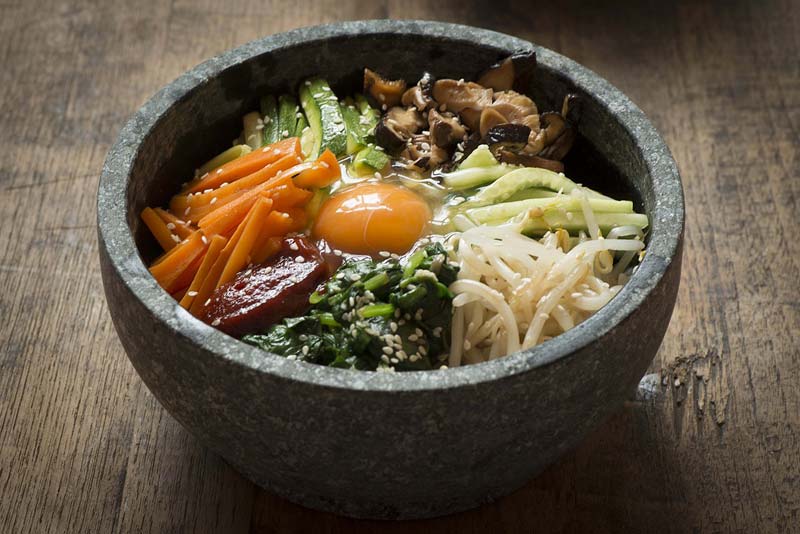
Jeonju / Dolsot Bibimbap fot. Sous Chef / wikipedia, flickr
In the mixed rice, 3 year-old soy sauce, red pepper paste, raw beef slices and sesame oil are put on but the raw beef slices at the top. In winter season, new seaweed produced in the year is added while adding green-lentil jelly in early spring, crown daisy in early summer, red pepper leave and sesame leave in late autumn to enjoy the particular taste of season. The secret of Jeonju Bibimbap is from the taste of soy sauce as really good taste of soy sauce is generated only after 3 years preservation. Another characteristics is to use bean sprouts.
Jinju Bibimbap
In Gyeongsangdo Province, Jinju Bibimbap is famous, and the characteristics of Jinju Bibimbap is its small quantity served as is the case of Jinju cold noodle. Whereas Jeonju Bibimbap is served with bean sprouts soup and water Kimchi, Jinju Bibimbap is always served together with Seonjiguk (ox blood and vegetables soup).
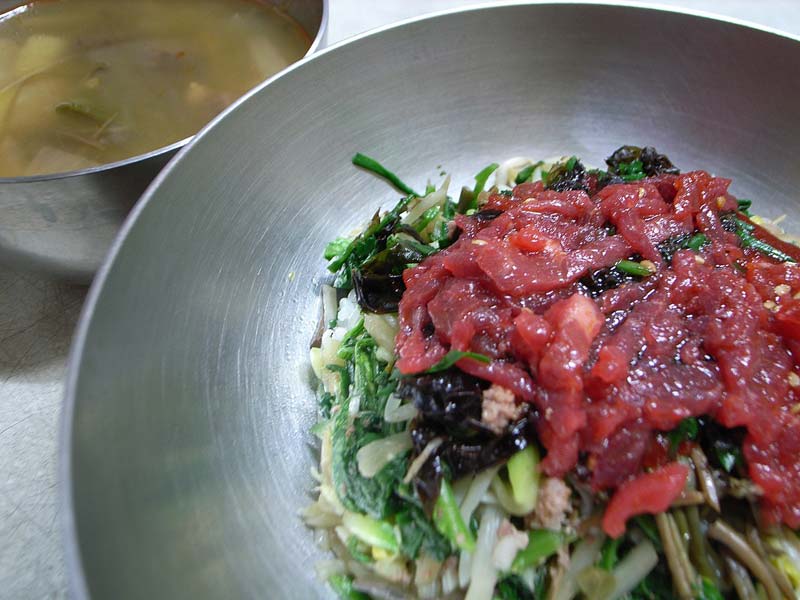
Jinju Bibimbap fot. shizu / wikipedia, flickr
Seasonal vegetables in boiled state are served but the vegetable is cooked thoroughly using hand for better taste up until the vegetable juices come out. Ingredients to make Jinju Bibimbap are cooked green-bean sprouts, cooked bracken, cooked ballonflower, raw beef slices, pan-fried minced beef, red pepper paste, salted sesame, sesame oil, green-lentil jelly and shredded red pepper, and the difference from Jeonju Bibimbap is to use green-bean sprouts instead of bean sprouts.
Tongyeong Bibimbap
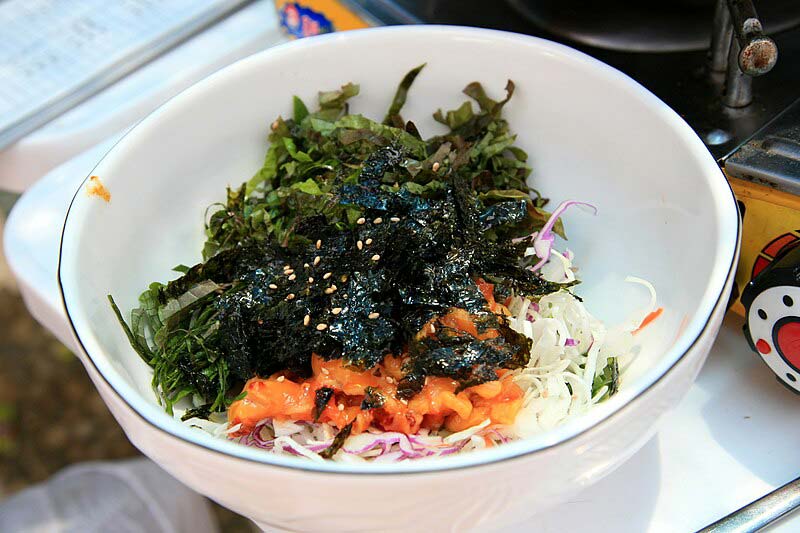
Tongyeong Bibimbap fot. Junho Jung / wikipedia, flickr
The characteristics of Tongyeong Bibimbap is to use a lot of salted raw seaweed and seasoned cooked radish. Bibimbap in each region has its own unique taste as they use the specialty products in the region respectively.
(korfood/korfood3_3.jsp)
